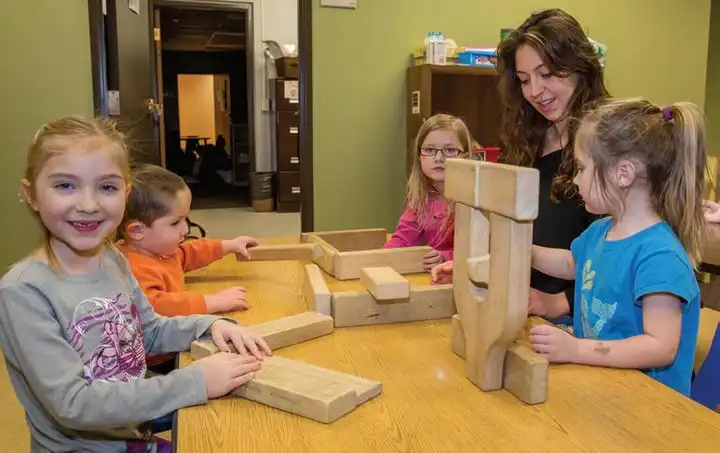
2 minute read
A CHANCE FOR CHOICE
By Sarah Nasello | Photos Courtesy of Fraser, Ltd.
of Irene Fraser, an ardent supporter and longstanding board member. Recent research has shown that needs can be better served by transitioning to smaller group residences around the community. Fraser now operates 11 residential properties and homes, allowing residents to integrate more fully into society.
Over the past 120 years, Fraser has expanded its mission outreach to serve the ever-changing needs of a growing community, always with the goal of promoting independent living.
Vision comes from Strategy – and Listening Fraser’s mission is “Supporting Children, Youth, and Adults on Their Life’s Journey Towards Independence.” According to Leyland, the organization’s vision comes from strategic planning. Fraser’s strategic plan consists of four main focal points: Residential, Programs, Education and Technology.
“Listening to people is key to understanding what people need and want to live independently,” Leyland said. In 1994, after identifying the lack of integrated childcare services for children with disabilities, Fraser added an Inclusionary Childcare Center. Twenty-five percent of the 189 children enrolled have special needs. The center has seven classrooms and 65 staff, including a full-time special needs coordinator. “Success is defined when we see people of all ages living fully integrated in the community,” Leyland explained.
In 2009, Fraser again expanded its program with Stepping Stones Resource Center (SSRC), a program to assist homeless youth, which Leyland defines as ranging in age from 18 to 26 years of age.
“These young people come from everywhere,” Leyland said. “They’re not just kids out of foster care, or from an underprivileged background. Many of them are couch-hoppers, moving from one friend’s home to another’s.”
The youth in question aren’t what Leyland calls “chronically homeless,” but are at risk of homelessness, or even incarceration. The resource center provides access to food, clothing and other personal items, as well as laundry, kitchen and computer facilities. Clients can participate in classes focused on independent living, and are followed by a case manager who assists them in setting personal goals.
By Helping Others, We Can Help Ourselves
Being local has its own blessings and burdens. Unlike national or regional non-profits, all resources are directed to the needs of this community; ninety percent of all funds raised went into programs last year.
But, being local can be challenging when it comes to fundraising, critical since Fraser only receives state and federal funding for the programs serving the adult developmentally disabled population. Funds required to support childcare and youth programs (about $3.5 million) come entirely from tuition, grants and private donations.
The creative expansion of existing services through what Leyland calls “social entrepreneurial programs,” includes CPR, Representative Payee and counseling services, food services including meals for daycares and baked goods for special events.


Where Mission Meets Values Fraser is in the process of evaluating a possible capital campaign effort to fund a permanent supportive housing project for youth at risk. Funds are needed for the renovation and operation of the youth residence, which led Fraser to hire Trudy Romfo as its development director one year ago.
“Everybody wants to live a fulfilling life, and my job is to help align our mission with the people and businesses who share that value,” Romfo said. She credits Leyland as the visionary behind the organization’s growth, but Leyland modestly shrugs off any compliments.
“If you have passion for the work you’re doing, the rest just comes,” she said. “This isn’t work for me. It’s just what I do.” [AWM]
Learn how you can join the team of volunteers at Fraser, Ltd. and help children, youth and adults with special needs by visiting fraserltd.org













